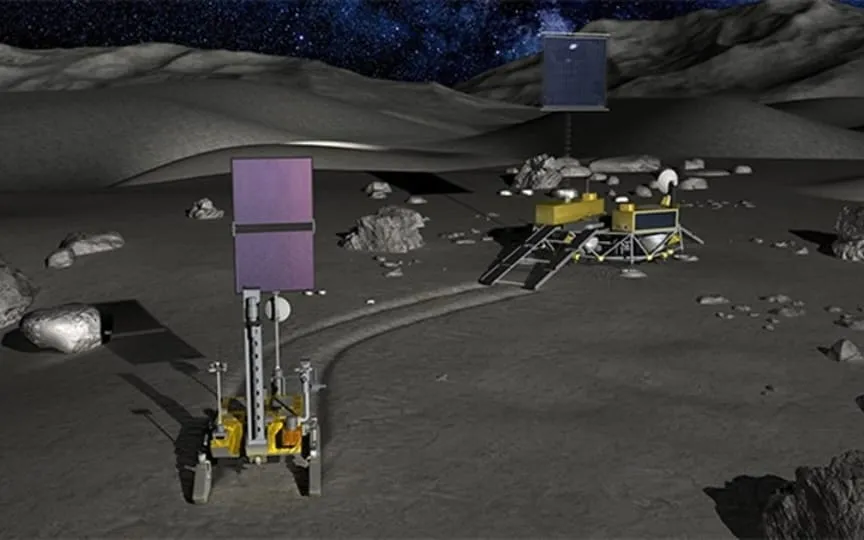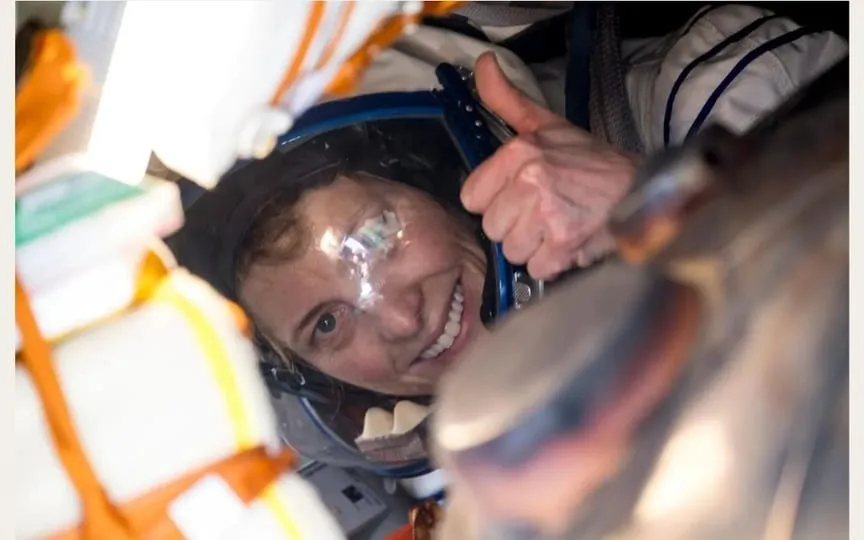New Space Chapter: Heading to the Moo-n in an Udder-ly Unique Way!
A start-up in Japan’s space industry has embarked on an innovative venture by conducting a test on a prototype rocket engine that utilizes fuel derived solely from cow dung, potentially marking a significant development. The experiment took place in the rural town of Taiki, where the engine emitted a blue-and-orange flame horizontally for approximately 10 seconds, covering a distance of 10-15 meters (30-50 feet) through an open hangar door.
According to Interstellar Technologies CEO Takahiro Inagawa, the liquid “biomethane” needed was made entirely from cow manure from two local dairy farms.
“We’re not only doing this because it’s good for the environment, but because it can be produced locally, it’s very cost-effective and it’s a fuel with high performance and purity,” Inagawa told AFP.
“I don’t think it’s an exaggeration to assume that this will be replicated … all over the world,” he said. “We are the first private company to do this.”
Interstellar, which hopes to put satellites into space using the fuel, partnered with industrial gas producer Air Water.
It works in partnership with local farmers who have equipment on their farms to process their manure into biogas, which Air Water collects and turns into rocket fuel.
Resource-poor Japan “now needs to secure domestically produced carbon-neutral energy,” said Air Water engineer Tomohiro Nishikawa.
“The raw material from cows in this area has so much potential. If something changes in international affairs, it is important that Japan has an energy source that it already has,” he added.
– “Moon Sniper” –
The Japanese space agency JAXA launched its Moon Sniper mission in September, but the industry has been plagued by two failed missions in recent years – one public and one private.
Japan has also experienced setbacks in its launch vehicles, with the launch of the next-generation H3 in March and the normally reliable solid-fuel Epsilon last October.
In July, a test of the Epsilon S rocket, an improved version of Epsilon, ended in an explosion 50 seconds after ignition.
Biogas obtained from cow dung is already used as fuel around the world, including for driving buses in the Indian city of Indore, instead of polluting conventional sources.
It helps reduce the huge environmental footprint of agriculture, which Greenpeace says is responsible for 14 percent of global greenhouse gas emissions.
Burning biogas also releases greenhouse gases, but so does leaving it to decompose naturally, while runoff from farm animals pollutes waterways and soil.
Air Water’s biomethane is already being used in a local dairy and other factories to heat homes and transport trucks and ships as pilot programs.
Among the local farmers participating is Eiji Mizushita, 58, who raises about 900 dairy cows that together produce more than 40 tons (80,000 pounds) of manure each day.
His farm has an industrial system that automatically collects the waste, digests it and turns it into biogas, fertilizer and recycled bedding material for his animals.
The sale of biogas increases Mizushita’s income by about one percent, but according to him, the investment is worth it.
“I’m excited that our cow waste could be used to make it fly,” he said of the rocket.
“We have to dispose of and use manure correctly. I also think that the government and society should take the importance of renewable natural energy into account more seriously and encourage its production.”




